Vitalis’ Marine Pellets is a balanced feed for all marine fish with a high protein content and a good concentration of astaxanthin, though, curiously, this characteristic is not promoted.
As you already know, pellets are made at low temperatures. This feature makes it the best feed for aquariums, even better than the granular type. It’s less polluting compared to frozen food and it doesn’t even have the “cold chain” problem. Moreover, it saves almost all the nutritive properties that otherwise are lost with a high temperature treatment, used for creating other types of food (you can find more details here), and it’s produced at even lower temperatures than the granulate feeds.
Vitalis Aquatic Nutrition is a brand of the English WorldFeed, a company specialized in feeds; the producer both materially creates and sells the feed. A good start.
The first thing you notice about Marine Pellets is the presence of a good quantity of Astaxanthin. If you remember, a few weeks ago we published a study about some experiments concerning the correct and necessary levels of Astaxanthin. They concluded that 400 ppm was ideal, while the feed we have here contains 133 ppm, but for a generic food it’s a good start for the coloring of the fish. Other products promote their Astaxanthin content even when it’s at much lower percentages.
Marine Pellets is produced from fish flours, with molluscs, crustaceans and vegetal products. It is marketed as a complete meal for all types of fish, not just herbivores. However, if you do have herbivore fish, consider supplementing with dried or fresh seaweeds, or specific feeds.
Vitalis Marine Pellets is a granular feed sold in two packages, XS (which we tested), or S. The XS has pellets up to 1 mm in length, while the S goes up to 1.5 mm.
The feed has a good buoyancy, which I always appreciate.
The product is simply a plastic jar without a spoon, with a plastic screw and seal as a closure. I think the lack of spoon is a weird choice, since it’s very useful, and I prefer not touching the food with my bare hands. Moreover, I’d like to see a vacuum-sealed package, at least for the transport and the stocking. I don’t know how the jar can guarantee freshness.
Vitalis Marine Pellets composition
The feed is composed of these ingredients:
- Fish flour and derivatives;
- Vegetal origin derivatives;
- Molluscs crustaceans;
- Oils and fats;
- Vitamins;
- Minerals.
The nutritional analysis is very interesting. There’s a predominance of proteins:
- Raw protein 50.1 %;
- Raw oils and fats 10.3 %;
- Raw fiber 1.7%;
- Inorganic matter 17.7 %
- Moisture 20.8%
We can see the same analysis in the following chart:
As we can see from the chart, the feed is mainly composed of proteins (half of the contents) and it has 10% fats. It’s a highly caloric food, fitting for fish that eat other fish and crustaceans. The proteins are close to the average of similar feeds (53.4%), and the fats are too (10.2%), the fibers, however, are more that usual, 1.7% versus 1.4%, and it’s not such a marginal feature when you realize that’s over 20% more. The remains are moisture and inorganic material that we can assume is what other feeds call “raw ashes”.
Curiously, the total of the composition isn’t 100%, but is a bit over at 100.6%.
Present vitamins
Let’s take a look at the analytical composition of vitamins, trace elements, and additives:
- vitamin A 15,000 IU/kg.;
- vitamin D3 2,000 IU/kg.;
- vitamin E 200 mg/kg.;
- Astaxantina 133 mg/kg.;
- Zinc (monohydrate sulfate) 208 mg/kg.;
- Ferrous (monohydrate sulfate) 287 mg/kg.;.
- Manganese (monohydrate manganic sulfate) 131 mg/kg.;
- Copper (pentahydrate sulfate copper) 88.5 mg/kg.;
- Iodine (anhydrous iodized calcium) 12.4 mg/kg..
From which derives this chart:
In the first comparison between vitamins, we see that Vitamin A is preponderant as usual. Vitamin A helps with healthy growth, strengthens the sight, defends the skin, and supports fertility.
When we consider the added minerals, we see that Zinc, Astaxanthin, Manganese, and Copper dominate, followed by Iron and Iodine.
Note the reddish color, due to the presence of Astaxanthin.
Vitalis Marine Pellets XS is only sold in a package of 60 grams, unless you want to buy the big jar of 1.8 kg! If you’re interested in the S size, there are packages of 120 and 300 grams.
Pictured above is the maximum enlargement we can do of the food, and we can appreciate the combination of individual pellets.
The price
The small jar of 60 grams costs 8,5 euro (about 14.2 cents per gram).
For comparison: Hikari Marine A costs 8.3 cents per gram, while the smallest Hikari Marine S is 11.2 cents per gram. In addition, there is: 10.4 for New Life Spectrum, 11.3 for XAqua Marine, 21 for Equo Menu Marino, 29.5 for Elos SVM2, 15.6 cents per gram for Unica Gran Premium Plus, and 12.3 for AquaForest Marine Mix S.
For a deeper look at fish feeds here’s our article from a few years ago, but still factual and relevant: the fish feeding.
[Translated by Agnese Poggi]

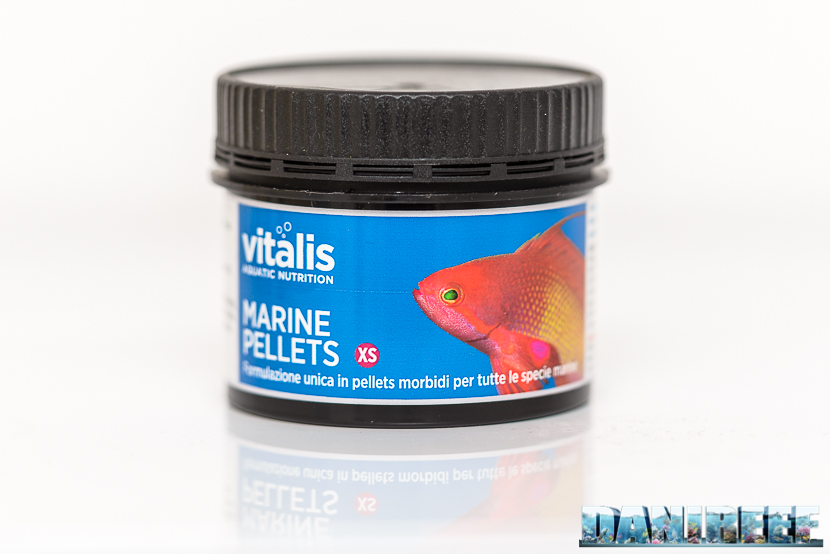
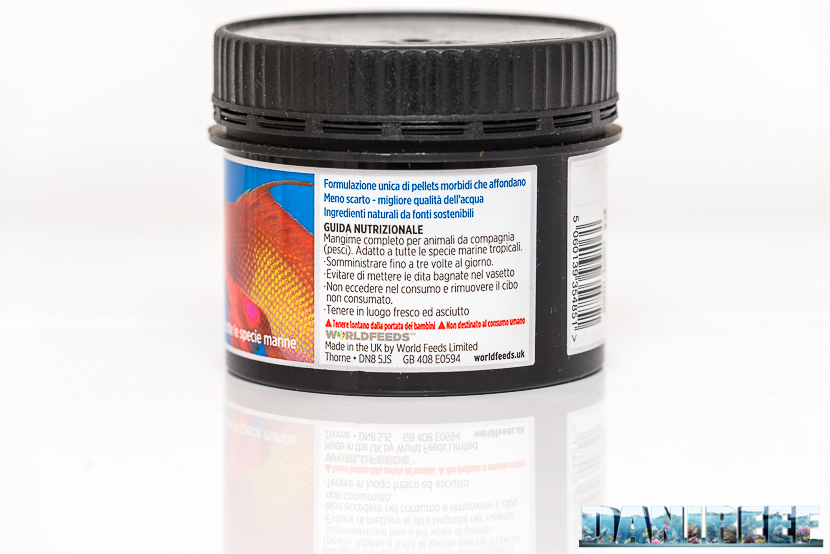
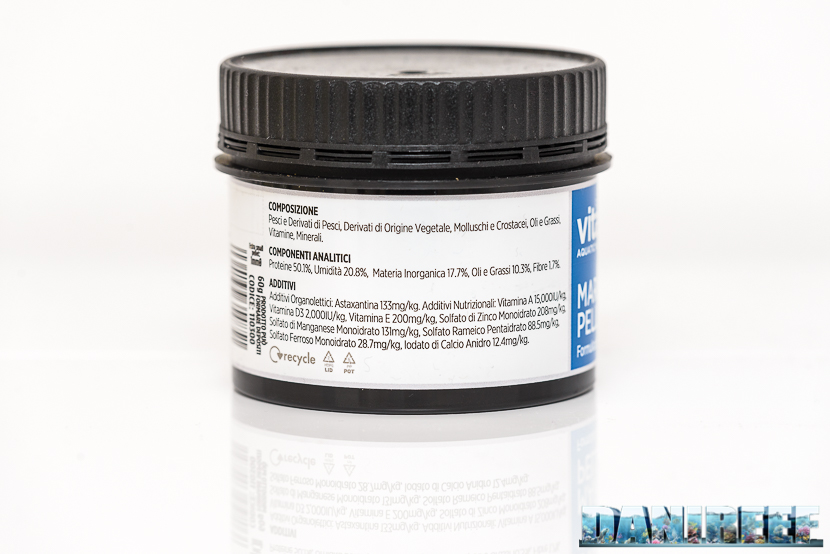
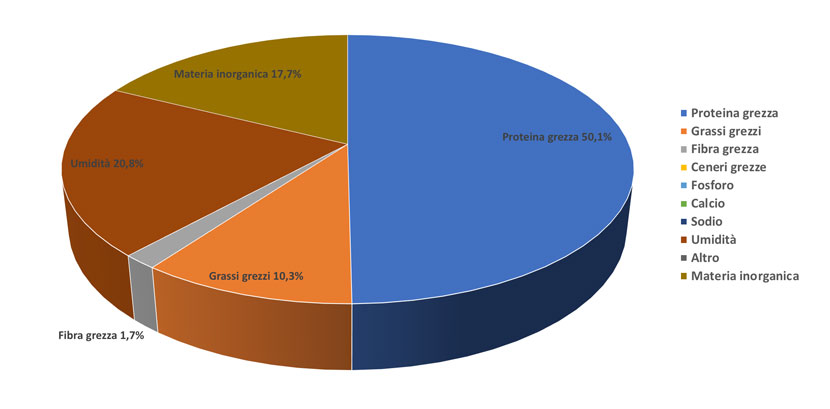
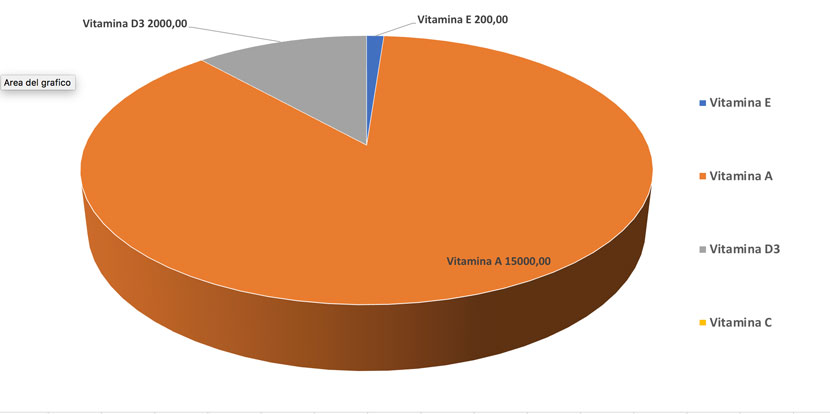
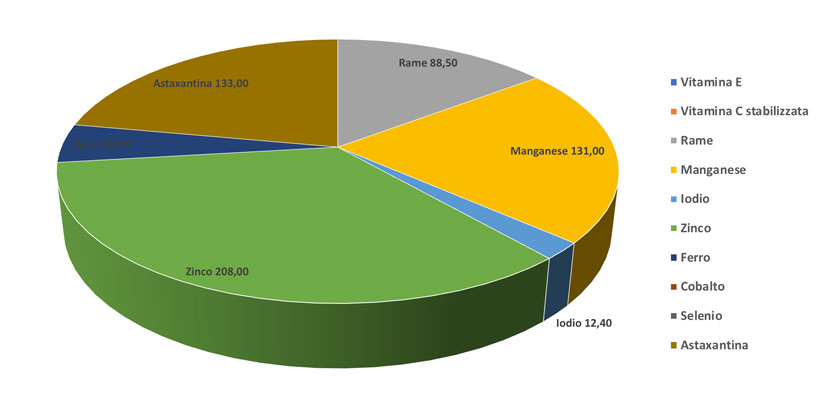
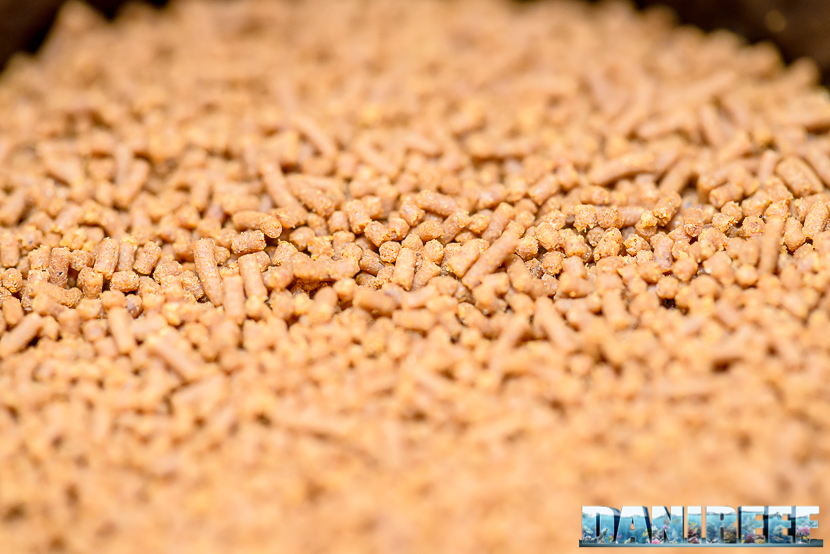

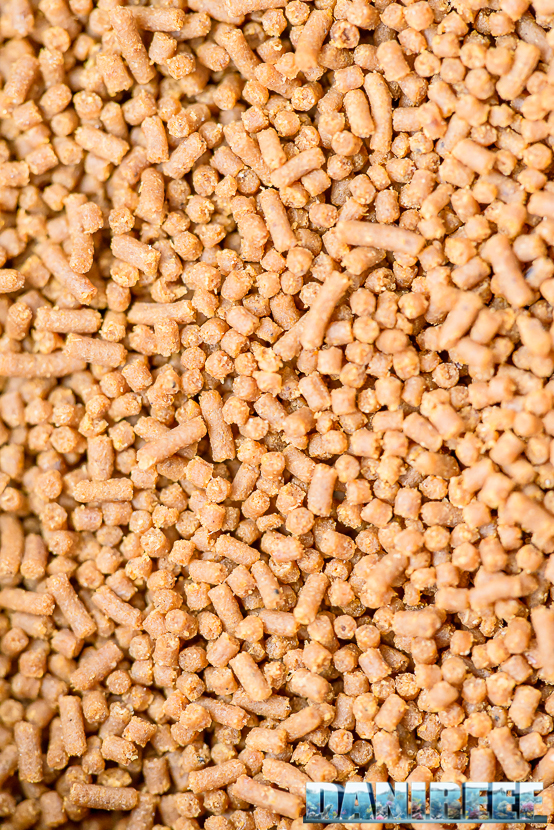








0 Comments